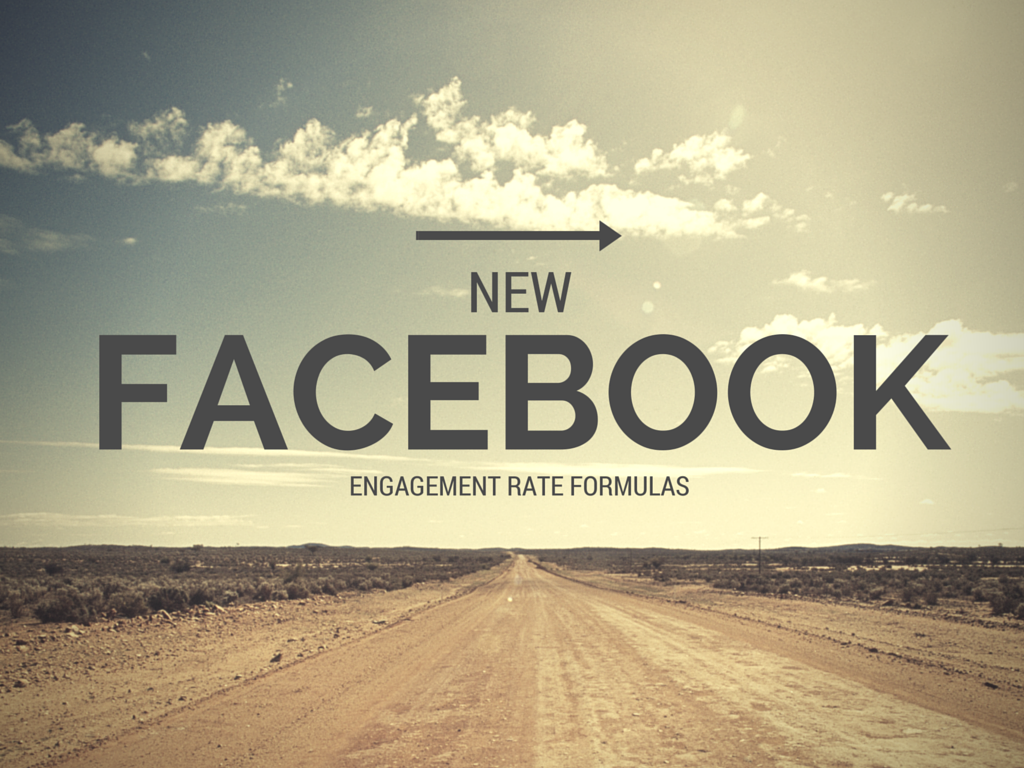Changes in Facebook Engagement
Over the past few months we have produced videos and articles showing how to measure Facebook engagement to determine how valuable your content is to your fans (customers). However, to no one’s surprise, Facebook changed things again with “reactions”. Users (again, think customers) can now interact with your brand posts through a variety of emotional responses from loving a post, laughing, expressing shock, showing anger, to expressing sympathy. Since engagement rate formulas measure interaction, we must naturally modify our engagement rate formulas to account for the new “reactions”.
For those of you who haven’t seen Facebook reactions, here is a quick screen grab from my iPad.
In light of these events, we are proposing a subtle change to the engagement rate formulas that can be used to compare page engagement and help measure content value.
Using Engagement Rate To Compare One Page to Another – Metric One

Using Engagement Rate to Estimate Value of Your Content to Your Fans – Metric Two

What does all this mean?
Reactions are new, and we don’t necessarily know how they are affecting the overall engagement rate of posts and pages yet. We assume that as this quarter progresses that industry research will start to become available on how they are affecting brand engagement. We also don’t know how well these reactions will help us gauge sentiment, or emotional response and intention, to a post. However, sentiment analysis is usually a pretty complex process that we don’t recommend taking on unless you have a social media marketing team at your disposal. So in the meantime, we recommend not putting too much weight on the individual reactions unless you notice some very blatant themes pop up in your analysis. The important thing is to focus on getting people to interact, regardless of what little emoji they click on.
Like most social media measurements, one specific post won’t tell the entire story. The most important aspect of measuring the engagement rate is to determine trends in your content over time. So in this regard, little should change. You should still see a slow and steady increase in the engagement rates of your content over time as you continually learn from your customer in order to deliver exceptional and valuable content.

